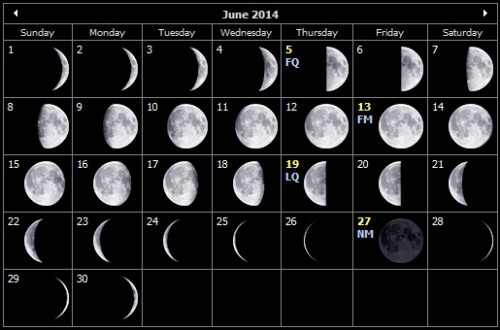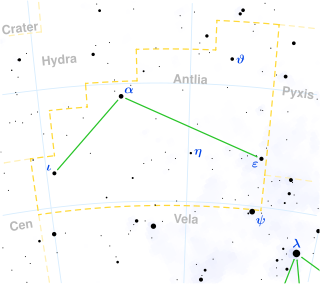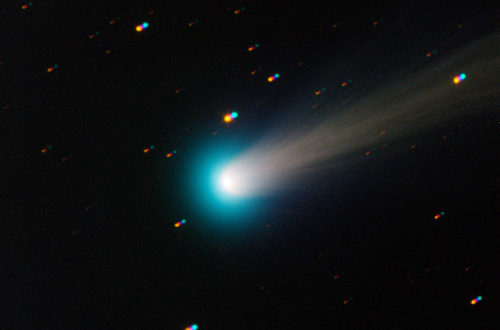Monthly Stargazing Calendar for September 2015
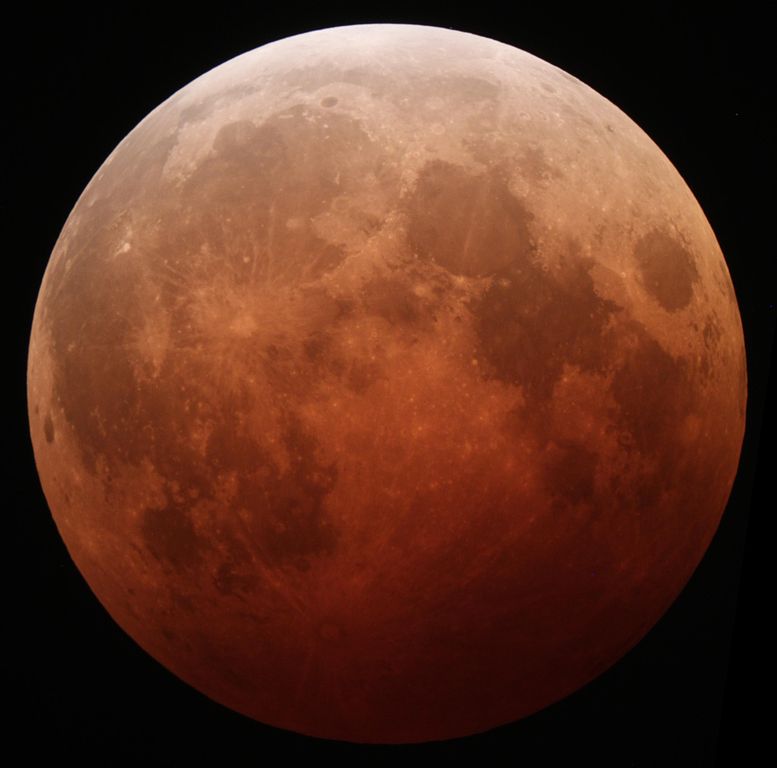
Lunar Eclipse October 8, 2014. Photo by Tom Ruen. License: CC BY-SA 4.0.
Looking for the September 2025 stargazing calendar?
On September 1 Neptune will be at opposition. This will be the best time to view and photograph Neptune because it will be at its closest approach to Earth and its face will be fully illuminated by the Sun. It will be brighter than any other time of the year, however it will only appear as a tiny blue dot in all but the most powerful telescopes, due to its extreme distance from Earth.
Would you like to be notified of stargazing events?
On September 4 Mercury will be at its greatest eastern elongation. The planet will reach an elongation of 27 degrees from the Sun. This is the best time to view Mercury since it will be at its highest point above the horizon in the evening sky. Look for it low in the western sky just after sunset.
On September 13 there will be a partial solar eclipse. This type of eclipse occurs when the Moon covers only a part of the Sun, sometimes resembling a bite taken out of a cookie. For safety reasons, an eclipse should only be observed with a special solar filter or by looking at the Sun’s reflection. The partial eclipse will only be visible in southern Africa, Madagascar, and Antarctica.
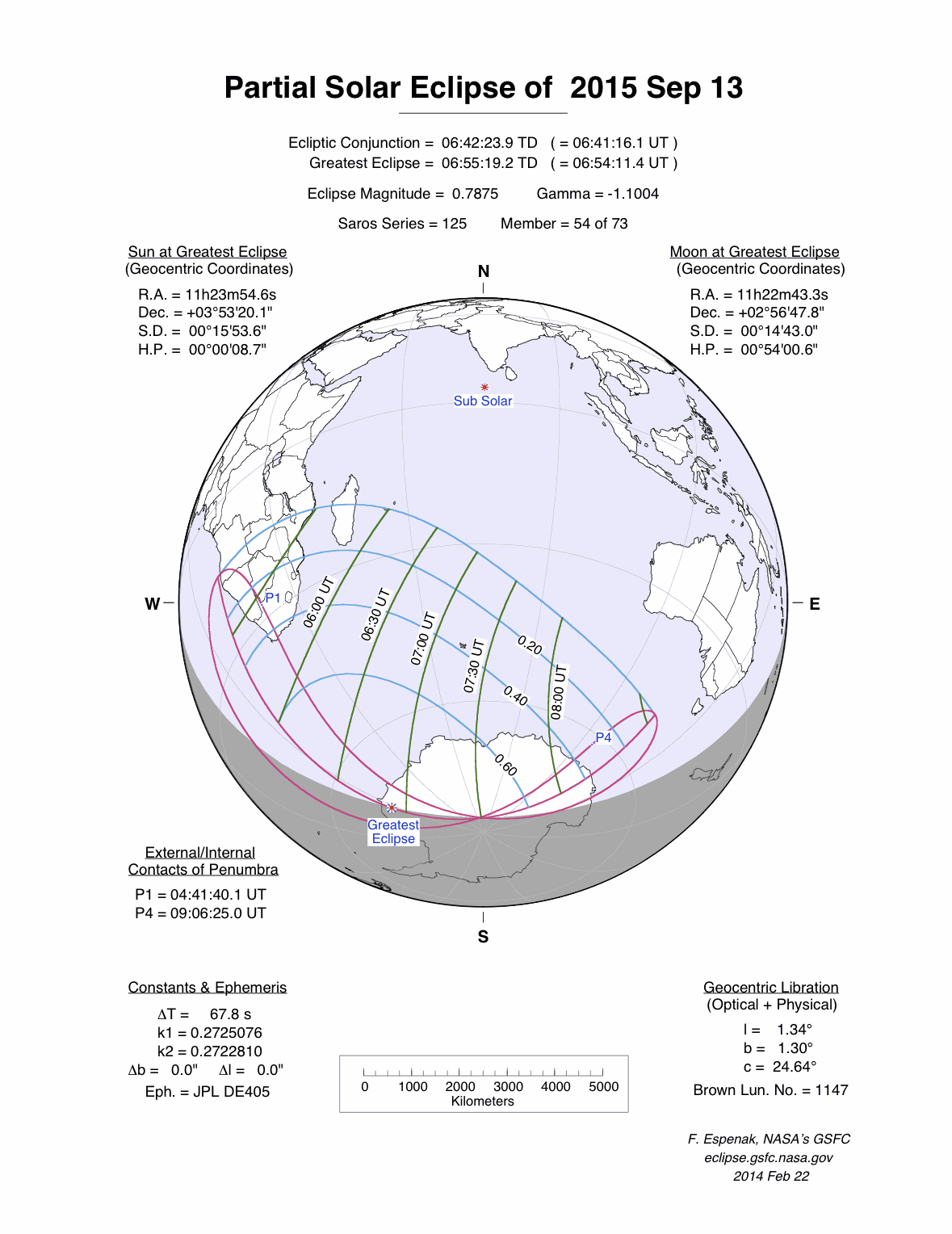
On September 23 the September equinox will occur at 08:21 UTC. The Sun will shine directly on the equator and there will be nearly equal amounts of day and night throughout the world. This is the first day of fall (autumnal equinox) in the Northern Hemisphere and the first day of spring (vernal equinox) in the Southern Hemisphere.
Finally on September 28 there will be a total lunar eclipse. This type of eclipse occurs when the Moon passes completely through the Earth’s dark shadow, or umbra. During this type of eclipse, the Moon will gradually get darker and then take on a rusty or blood red color. The eclipse will be visible throughout most of North and South America, Europe, Africa, and western Asia. Furthermore, the Moon will be at its closest approach to the Earth and may look slightly larger and brighter than usual, hence called a supermoon. This will be the closest full moon of the year and also the second of three supermoons for 2015.
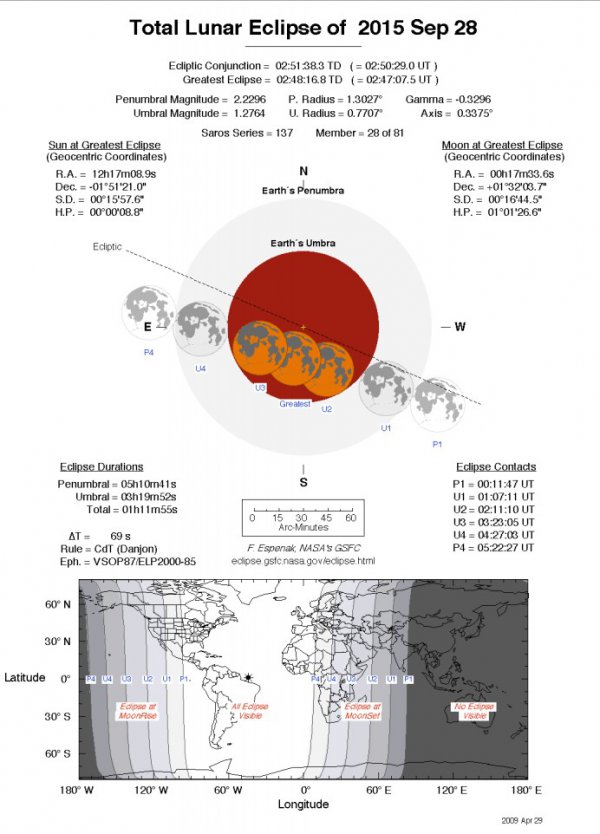
Moon phases
As you know, the moon has a big impact on the visibility of celestial bodies in the night sky. So here are the moon’s phases for this month:
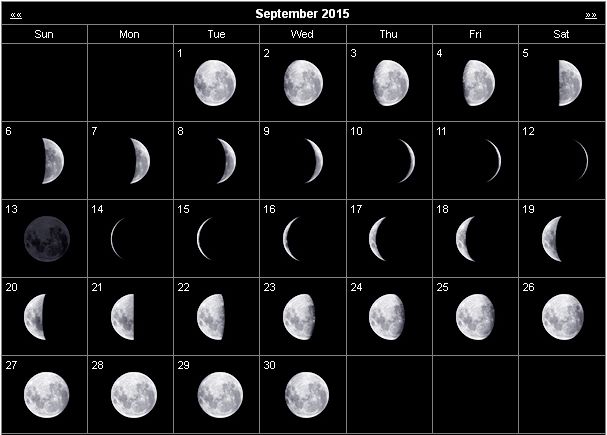
Positions of the planets this month
Mercury: The closest planet to the Sun can be seen at dawn and dusk travelling across the constellation of Virgo. This planet, being the closest to the Sun, will appear to move quickly in the night sky and its position will change in the following weeks.
Venus: The sister planet can be seen travelling across the constellations of Cancer and Leo, not far from Mars. Just like Mercury, Venus can only be seen at dawn and dusk.
Mars: The red planet can be seen in the constellation of Leo.
Jupiter: The gas giant is visible in the constellations of Leo. Jupiter can easily be spotted with the naked eye, even in highly illuminated cities.
Saturn: The ringed giant can be seen with the naked eye between the constellations of Scorpius and Libra.
Uranus: The gas giant can be seen in the constellation of Pisces with the use of a telescope.
Neptune: The blue giant requires a telescope pointed in the constellation of Aquarius in order to be seen.
Major astronomical events next month
- October 1 – Comet C/2013 US10 Catalina visible to the naked eye
- October 8 – Draconids Meteor Shower
- October 11 – Uranus at Opposition
- October 16 – Mercury at Greatest Western Elongation
- October 21, 22 – Orionids Meteor Shower
- October 26 – Venus at Greatest Western Elongation
- October 26 – Conjunction of Venus and Jupiter
- October 27 – Supermoon
- October 28 – Conjunction of Venus, Mars, and Jupiter
See also:
- Previous month’s calendar: Stargazing Calendar for August 2015
- Next month’s calendar: Stargazing Calendar for October 2015
Would you like to receive similar articles by email?



